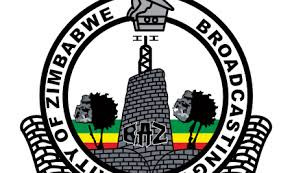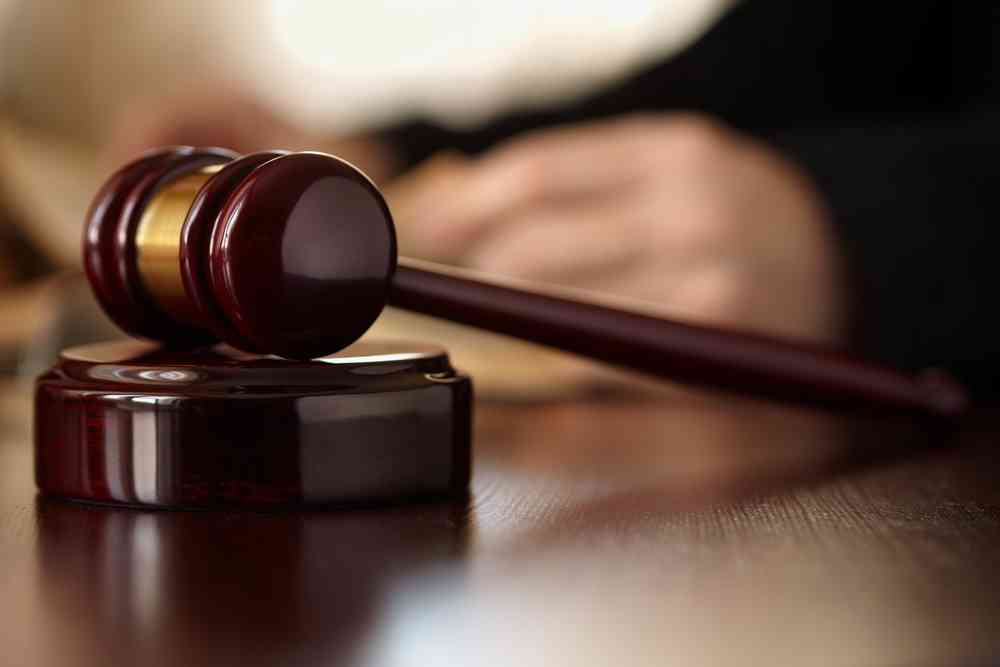A carburetor is responsible for injecting the correct amounts of air and fuel into a gasoline engine to help it operate properly. The carburetor is designed with a tubular shaped center, and has an adjustable valve (throttle plate) that opens and closes as pressure is applied to or released from the gas pedal. The amount of air and fuel the carburetor injects into the engine depends on the engine’s speed and size, and the correct air/fuel ratio is what causes:
- The engine to start by turning on the ignition or starting a motor
- Allows the engine to idle
- Keeps engines running at full throttle to allow for acceleration.
The throttle plate on the carburetor is responsible for regulating and allowing the proper amount of air to flow through the tube. Fuel from the gas tank is pressurized as it passes through the fuel pump, and the gasoline is then drawn into the carburetor through a small hole known as the jet. This happens because the tubular shaped center of the carburetor narrows at a certain point called a venturi and creates a vacuum, and the drop in air pressure causes a suction that pulls fuel into the carburetor through the tiny hole. In addition to the throttle plate, a carburetor also contains rubberized hoses that are attached at different areas on the device.
When an engine is working properly it also creates a vacuum effect and the proper function of a carburetor is based upon the engine vacuum. The suction created from the engine gives the carburetor the power it needs to adjust the airflow and fuel distribution based upon the speed of the engine.
Older automobiles and small machines like lawn mowers require a carburetor for the engine to function. The carburetor operation on a small piece of equipment, such as a chainsaw, is very simple. Although the carburetor helps the engine to start, to idle, and to run, this is a carburetor functioning at the simplest level. In a car the carburetor process is similar, but several gradations occur from idle to full throttle, so the operation of a car’s carburetor is a little more complicated.
When a carburetor is working at full throttle the throttle plate will open parallel and allow the maximum amount of airflow. When an engine idles the carburetor’s throttle plate is almost closed. However, even when you step on the gas pedal with the car in park, the engine revs and the RPM (Revolutions Per Minute) gauge rises because the carburetor is in full throttle and the throttle plate is wide open. Newer automobiles and engines operate using fuel injection, which is electronically controlled and uses gasoline more efficiently.
Keep Reading
- Chamisa under fire over US$120K donation
- Mavhunga puts DeMbare into Chibuku quarterfinals
- Pension funds bet on Cabora Bassa oilfields
- Councils defy govt fire tender directive





